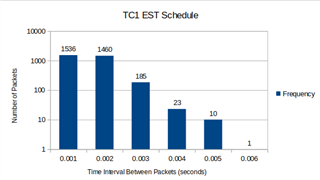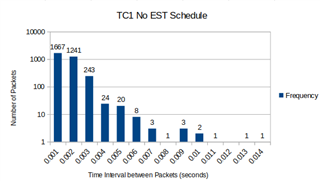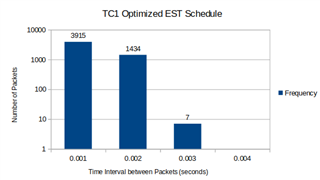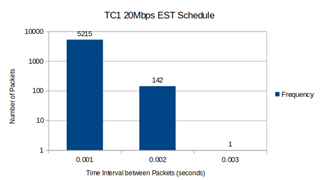Tool/software:
The current Linux SDK documentation gives an example of setting up Enhancements for Scheduled Traffic (EST): https://software-dl.ti.com/processor-sdk-linux/esd/AM64X/latest/exports/docs/linux/Foundational_Components/Kernel/Kernel_Drivers/Network/CPSW-EST.html
However, the example is complicated to understand and analyze.
Is there a simpler way to test EST and analyze the results?





